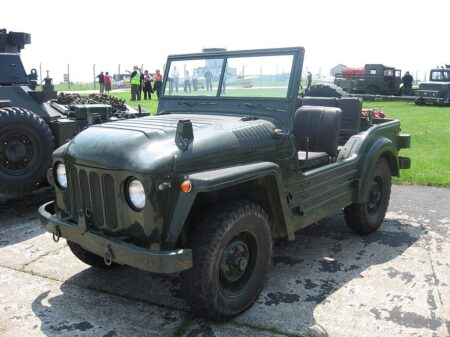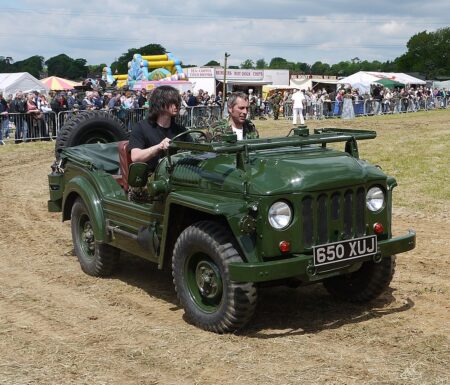Austin Champ Original Parts
Austin Champ: A Durable Utility Vehicle

Photo Credit: Asterion
Design and Development
Service History

Photo Credit: Geni
Deployments and Exports
The Champ saw extensive use during the Malayan Emergency, the Aden Emergency, and the Suez Crisis. It was also used in peacekeeping operations in Cyprus and the Congo.
In addition to its service with the British Army, the Champ was also exported to a number of other countries, including Australia, India, Indonesia, Malaysia, Singapore, and South Africa. It was particularly popular in Australia, where it was used by both military and civilian organizations.
Variants
Over its production run, the Champ was produced in a number of variants, including:
• Austin Champ Ambulance: A variant equipped with medical equipment and stretchers.
• Austin Champ Armoured Command Vehicle: A variant with additional armor and radios for command and control duties.
• Austin Champ Field Kitchen: A variant fitted with a field kitchen set for cooking meals for troops in the field.
• Austin Champ Artillery Tractor: A variant with a winch for towing artillery pieces.
Retirement and Legacy
The Champ was gradually phased out of service with the British Army in the early 1970s, being replaced by more modern vehicles such as the Land Rover Defender. However, it continued to serve in other militaries for many years, and some examples are still in use today.
Despite its relatively short production run, the Champ left a lasting legacy as a durable and versatile utility vehicle. It was a popular choice among military personnel and civilians alike, and its simple and straightforward design made it easy to maintain and operate.
The Champ’s legacy continues to be celebrated by enthusiasts and collectors of military vehicles, who appreciate its unique combination of ruggedness, simplicity, and practicality.
